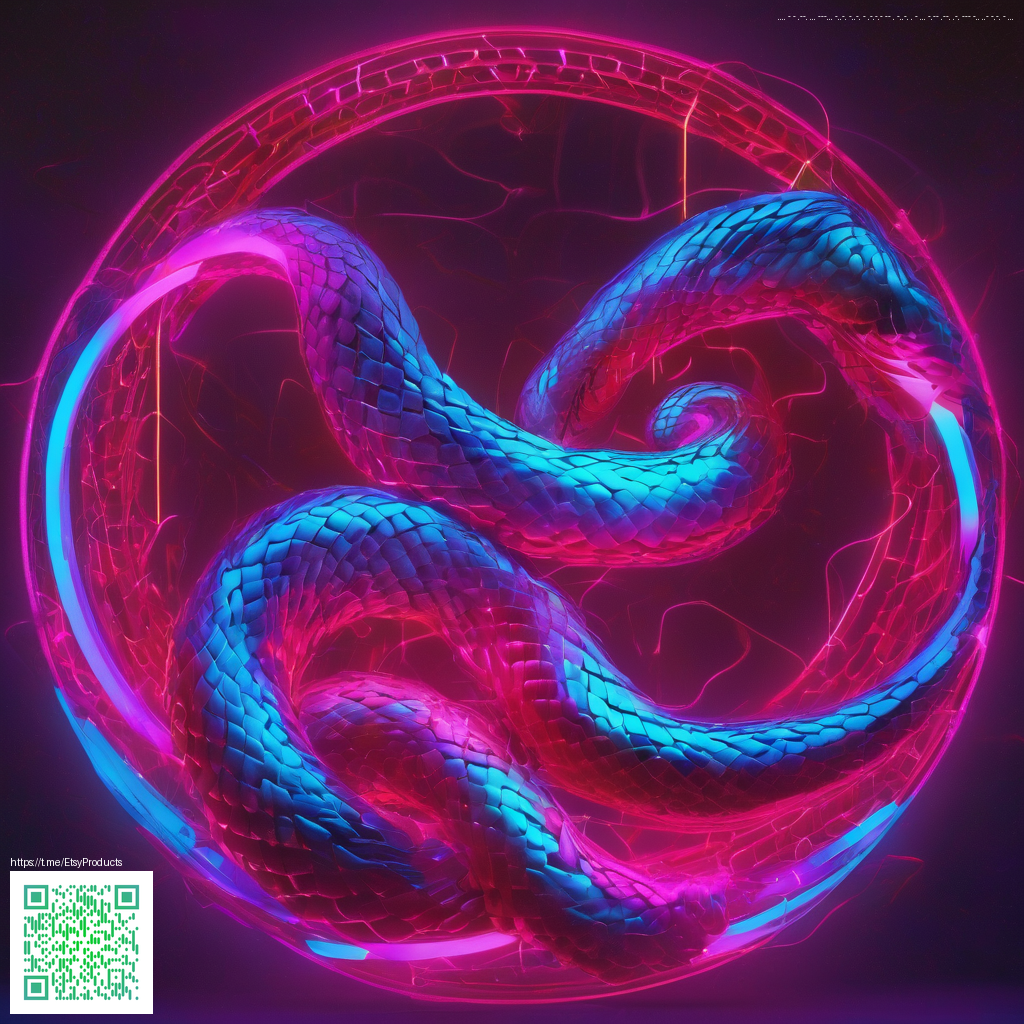
RTX Performance in Skyrim on PC
Skyrim remains a bold canvas for graphics experimentation on PC. The arrival of ray tracing options pushed by RTX enabled hardware invites a fresh look at a game not originally built with modern RT in mind. This piece dives into how real time global illumination, reflections and refined shadows shape the adventure, and what it means for players chasing smooth frames and cinematic lighting. Expect heavy testing notes, practical takeaways for your build, and a sense of the community pushing the limits.
What ray tracing changes in a familiar world
When RT is turned on, certain scenes glow in new ways. Interiors gain bounce lighting that feels natural even when torchlight flickers across stone walls. Outdoor areas see softened shadows and more accurate specular highlights on metal and water. The trade off is clear the moment a dragon wakes in a frozen valley frame rate dips, and the engine thins the bells and whistle options to keep the scene alive. In short, the visuals gain depth and realism while performance costs rise in busy moments.
Performance across common setups
To keep things practical, testing compares three baseline configurations across common targets. At 1440p with RT off you can expect the smoothest experience on mid to high end GPUs, approaching the higher end of your monitor’s refresh rate. Enabling RT adds a meaningful cost. On a flagship RTX setup you may see frame rates settle in the high forties to mid sixties at 1440p depending on the exact texture and shadow settings. Dropping to 1080p with RT enabled gives a much more playable range for those who want to lean into cinematic quality without sacrificing all responsiveness. At 4K the demands skyrocket and even top tier cards slow to a more cautious 30s to 50s range, underscoring the gap between image fidelity and fluid motion.
DLSS and similar upscaling solutions play a central role in preserving playability. When DLSS is engaged with RT paths, you can often maintain closer to the 60 FPS target at 1440p while still enjoying a noticeable boost in image clarity. Conversely, using FidelityFX Super Resolution style techniques can yield similar gains on supported hardware. The important point is to test your own rig with the exact preset you plan to use, because the difference between a stable 60 and a choppy 45 often comes down to texture streaming and shader compilation on first load.
Gameplay impressions and player experience
From a gameplay perspective the return on investment for RT is most apparent when exploring illuminated ruins at dusk, spell battles that paint the air with glints and reflections, and water surfaces that mirror distant cliffs with surprising fidelity. The world feels more tactile and alive, which enhances immersion during stealth sections and epic boss encounters alike. The downside is the occasional frame drops in sprawling towns or during crowded combat sequences where shader work ramps up. For most players the sweet spot sits around 1440p with RT on high quality presets and DLSS active, preserving a cinematic vibe without a stuttery heartbeat in key moments 💠
Modding culture and community experiments
Skyrim’s enduring appeal rests heavily on its modding community. RTX style experiments live in the same spirit as texture overhauls and performance patches. Players mix ReShade or ENB style enhancements with RT compatible lighting packs to simulate path tracing and improved GI. The result is a vibrant ecosystem where small tweaks can yield big visual shifts, often shared across Nexus Mods and dedicated forums. This culture of experimentation is a big reason why the scene remains relevant years after release, as fans continually push the engine to reveal more of its potential.
As the community pushes for ever more realism, a recurring theme is optimization mindset. Skeptics remind us that old engine constraints still bite, while optimists highlight how clever sampling, denoise tricks and budget friendly upscaling can preserve playability. The ongoing dialogue between players and developers is part of what keeps Skyrim fresh, and a reminder that modern GPUs have a long tail of creative uses for classic worlds 🧭
Developer commentary and ongoing coverage
Bethesda and the broader Creation Engine community have historically championed player driven tinkering. While official RT support remains limited in scope, the ongoing mods and driver level improvements demonstrate a shared goal to stretch the game beyond its original design. The result is a hybrid that respects classic gameplay while inviting new lighting language that benefits exploration and combat alike. The dialogue between fans and makers is active, and it continues to shape how we experience the game on today’s hardware.
For players chasing performance without surrendering mood and atmosphere, the takeaway is clear. Test your setup with a calm overview of a few key scenes, then decide which level of RT fidelity aligns with your preferred balance of beauty and speed. And remember that a thriving online community often yields the most practical, user friendly guidance for achieving that balance in your own rig.
If you want to support the ongoing evolution of this creative space while promoting a decentralized internet that empowers gamers and modders alike, consider a donation to support independent projects and community led development initiatives. Your contribution helps sustain the experiments that keep classics like Skyrim vibrant for new audiences.
Support a Decentralized Internet